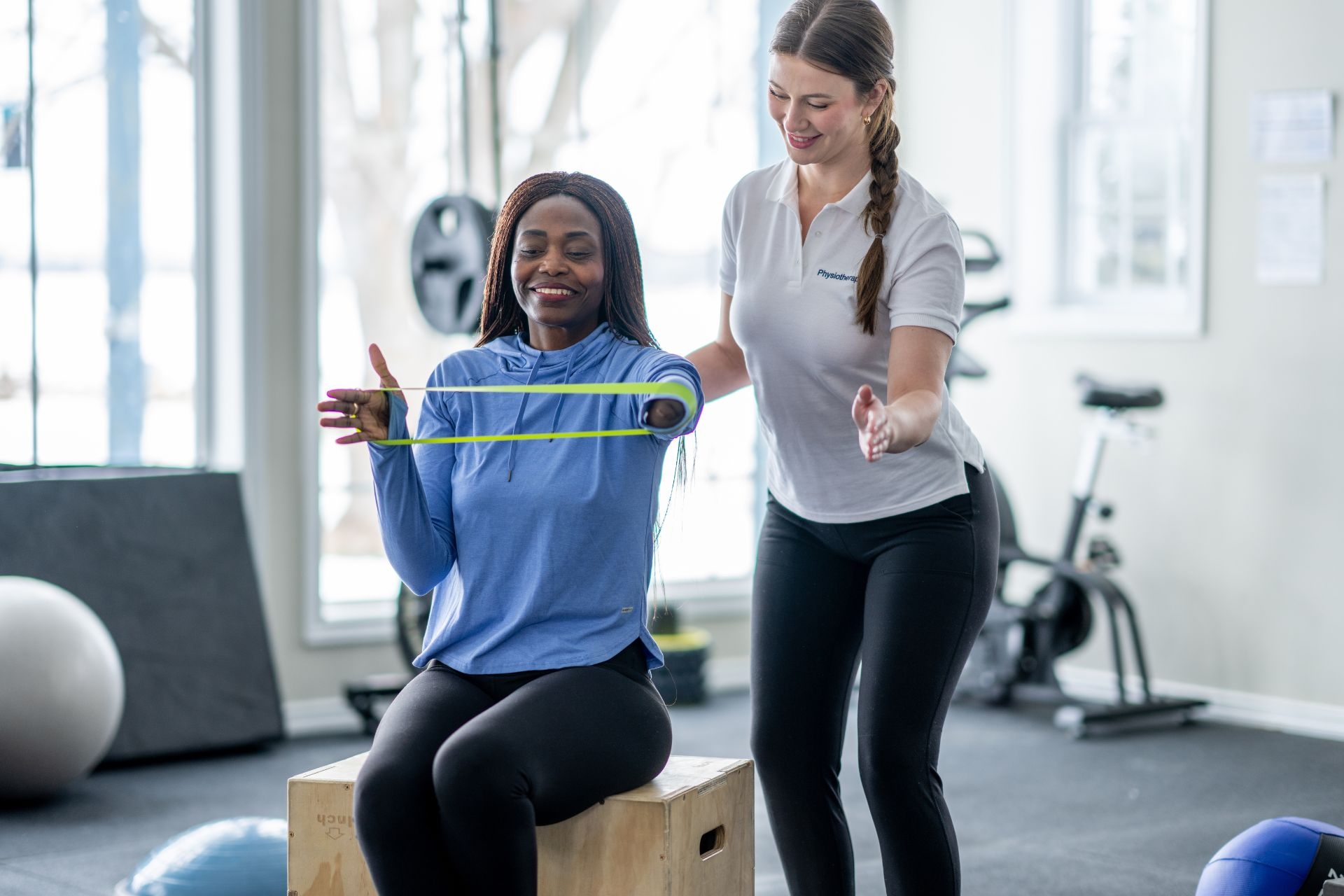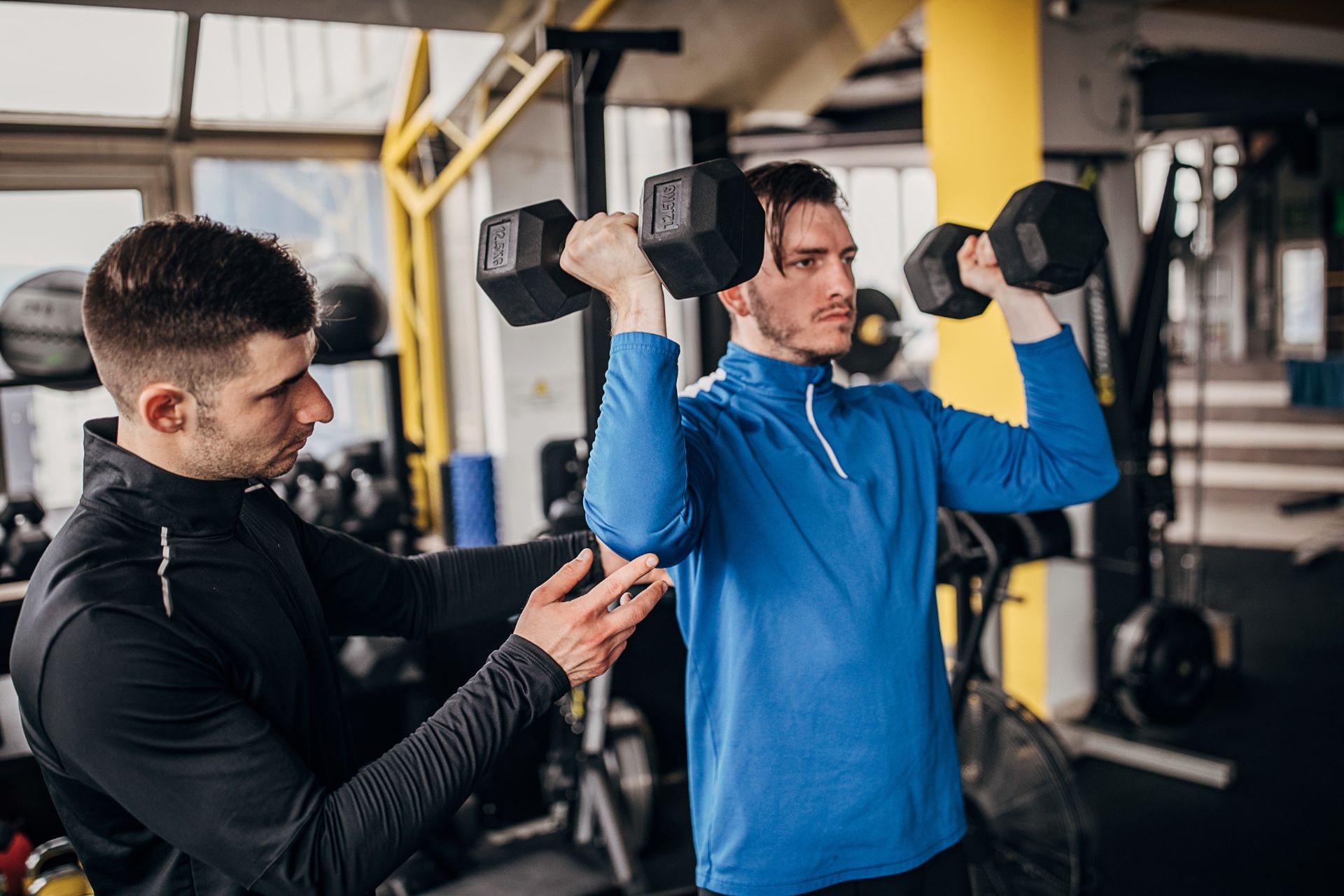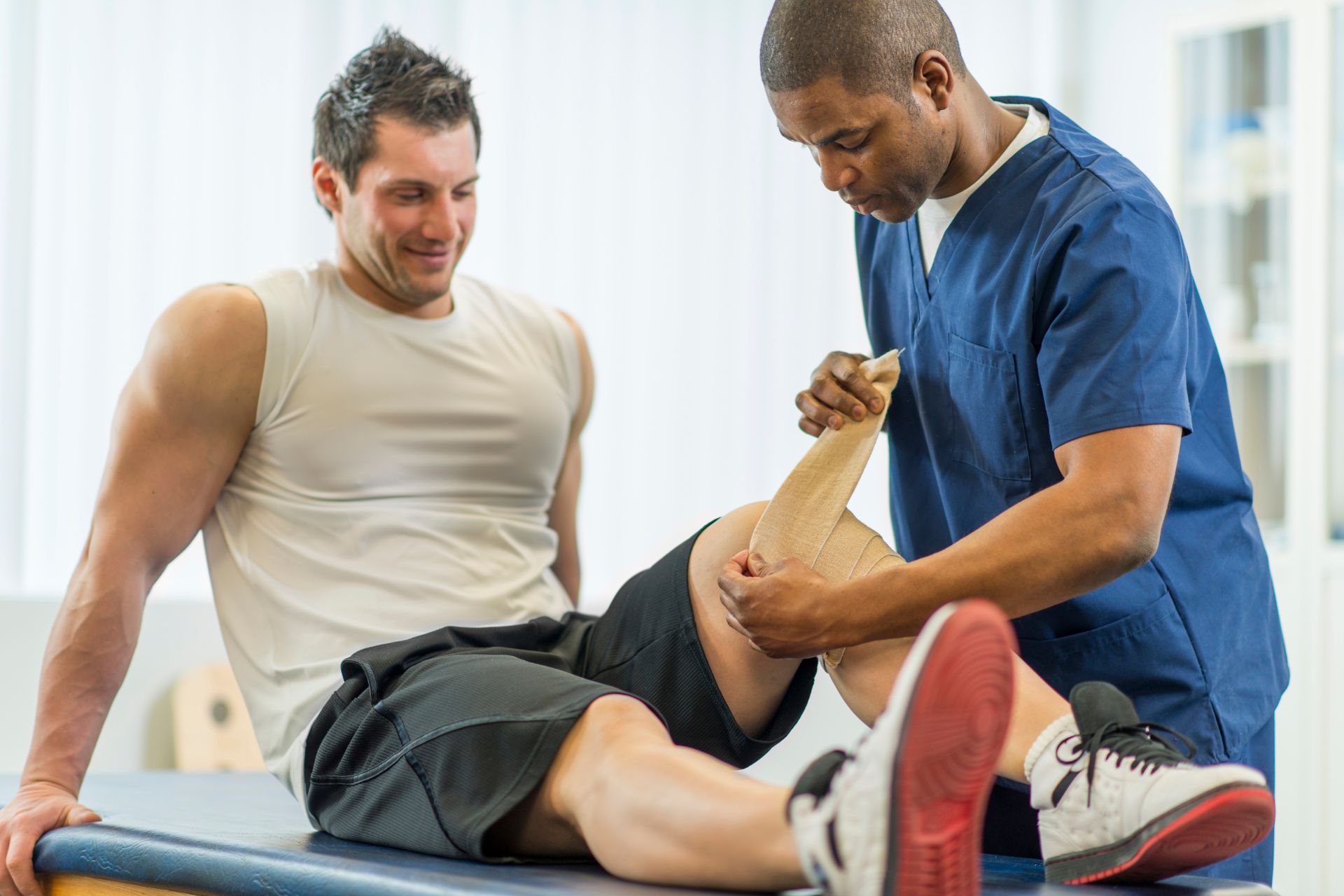

Common types of sports injuries that require rehabilitation include sprains, strains, fractures, dislocations, and tendonitis. Sprains occur when ligaments are stretched or torn, while strains involve the stretching or tearing of muscles or tendons. Fractures are breaks in the bones, and dislocations occur when the bones in a joint are forced out of their normal positions. Tendonitis is the inflammation of a tendon, which can be caused by repetitive movements or overuse. These injuries often require rehabilitation to restore strength, flexibility, and function to the affected area.
The rehabilitation process for a sports injury can vary depending on the severity and type of injury. In general, it can take anywhere from a few weeks to several months for a full recovery. The initial phase of rehabilitation focuses on reducing pain and inflammation, followed by exercises to restore range of motion and strength. As the injury heals, more advanced exercises and techniques are introduced to improve functional abilities and prevent future injuries. The duration of rehabilitation also depends on the individual's commitment to the program and their body's response to treatment.
Effective exercises and techniques used in sports injury rehabilitation include stretching, strengthening exercises, balance and proprioception training, and functional movements. Stretching helps improve flexibility and range of motion, while strengthening exercises target specific muscles to regain strength and stability. Balance and proprioception training are important for improving coordination and preventing re-injury. Functional movements, such as sport-specific drills, are incorporated to ensure a smooth transition back to sports activities. Additionally, manual therapy techniques, such as massage and joint mobilization, may be used to alleviate pain and promote healing.

Individuals undergoing sports injury rehabilitation may benefit from specific dietary recommendations to support their recovery. Adequate protein intake is essential for muscle repair and growth, so including lean sources of protein, such as chicken, fish, and beans, is important. Antioxidant-rich foods, such as fruits and vegetables, can help reduce inflammation and promote healing. It is also important to stay hydrated by drinking plenty of water throughout the day. Consulting with a healthcare professional or registered dietitian can provide personalized dietary guidance based on individual needs and goals.
While sports injury rehabilitation is generally safe and effective, there are potential risks and complications that can arise. Overdoing exercises or progressing too quickly can lead to reinjury or delayed healing. It is important to follow the guidance of a healthcare professional or physical therapist to ensure proper technique and progression. In some cases, individuals may experience pain or discomfort during rehabilitation, which should be communicated to the healthcare provider. Additionally, there is a risk of developing psychological challenges, such as anxiety or depression, due to the limitations and frustrations associated with the injury and rehabilitation process.

Sports injury rehabilitation can play a crucial role in preventing future injuries. By addressing underlying weaknesses, imbalances, and movement patterns, rehabilitation programs can help improve overall strength, flexibility, and stability. This can enhance an individual's ability to withstand the demands of their sport and reduce the risk of future injuries. Additionally, rehabilitation programs often include education on proper warm-up, cool-down, and injury prevention strategies, which can further contribute to injury prevention. Consistency with rehabilitation exercises and incorporating them into regular training routines can help maintain the gains achieved during the rehabilitation process.
In conjunction with traditional sports injury rehabilitation methods, there are alternative therapies and treatments that can be used to enhance recovery. These may include acupuncture, chiropractic care, massage therapy, and hydrotherapy. Acupuncture involves the insertion of thin needles into specific points on the body to promote healing and pain relief. Chiropractic care focuses on the alignment of the spine and musculoskeletal system to improve function and reduce pain. Massage therapy can help relax muscles, improve circulation, and reduce muscle tension. Hydrotherapy involves the use of water for therapeutic purposes, such as aquatic exercises or hot and cold treatments. These alternative therapies can be used as complementary approaches to traditional rehabilitation methods, but it is important to consult with a healthcare professional to ensure their safety and effectiveness for individual cases.

Kinesiology tape is a therapeutic tool that has gained popularity in injury recovery and prevention due to its unique properties and application techniques. The use of kinesiology tape aids in injury recovery by providing support and stability to the affected area, promoting proper alignment and biomechanics, and reducing excessive strain on the injured tissues. It also helps to improve blood circulation and lymphatic drainage, which can accelerate the healing process. Additionally, kinesiology tape can help prevent injuries by enhancing proprioception, or the body's awareness of its position in space, thus improving balance and coordination. By providing a gentle and flexible support, kinesiology tape allows individuals to engage in physical activities with reduced risk of re-injury. Overall, the use of kinesiology tape in injury recovery and prevention offers a holistic approach that addresses both the physical and physiological aspects of the healing process.
Vibration therapy in rehabilitation settings has the potential to offer both risks and benefits. On the one hand, the use of vibration therapy can provide numerous benefits for patients undergoing rehabilitation. It can help improve muscle strength, increase bone density, enhance circulation, and reduce pain and inflammation. Additionally, vibration therapy has been found to improve balance and proprioception, which are crucial for individuals recovering from injuries or surgeries. However, there are also potential risks associated with vibration therapy. Excessive or inappropriate use of vibration therapy can lead to muscle soreness, joint pain, and even tissue damage. It is important for healthcare professionals to carefully assess each patient's condition and tailor the vibration therapy treatment accordingly to minimize the risks and maximize the benefits.
Biofeedback is a valuable tool in pelvic floor rehabilitation due to its numerous benefits. By providing real-time information about muscle activity and tension levels, biofeedback allows individuals to gain a better understanding of their pelvic floor muscles and how to control them effectively. This information can help patients develop awareness and coordination of their pelvic floor muscles, leading to improved muscle strength and function. Additionally, biofeedback can assist in identifying and correcting faulty muscle patterns or imbalances, promoting proper muscle recruitment and relaxation. The use of biofeedback in pelvic floor rehabilitation also empowers patients to actively participate in their treatment, as they can visualize their progress and make adjustments accordingly. Overall, biofeedback enhances the effectiveness of pelvic floor rehabilitation by providing objective feedback and promoting patient engagement in their own healing process.
Physical therapists can address musculoskeletal issues associated with computer workstation ergonomics by conducting a comprehensive assessment of the individual's posture, movement patterns, and workstation setup. They may recommend adjustments to the chair height, desk height, and monitor position to ensure proper alignment of the spine, neck, and wrists. Additionally, they may provide exercises and stretches to improve muscle strength and flexibility, targeting specific areas such as the neck, shoulders, and wrists. By addressing these ergonomic factors and providing targeted interventions, physical therapists can help individuals alleviate pain and discomfort associated with prolonged computer use and promote musculoskeletal health.
Blood flow restriction training, also known as occlusion training, has been shown to have positive effects on muscle hypertrophy and strength gains. This training method involves the use of a specialized cuff or band that is applied to the limbs, restricting blood flow to the working muscles. By doing so, it creates a hypoxic environment, which stimulates the release of growth factors and increases muscle protein synthesis. This leads to an increase in muscle fiber size and overall muscle hypertrophy. Additionally, blood flow restriction training has been found to enhance the recruitment of fast-twitch muscle fibers, which are responsible for generating force and power. This results in improved strength gains. Research has also shown that blood flow restriction training can be an effective method for muscle hypertrophy and strength gains in individuals with injuries or conditions that limit their ability to perform traditional high-intensity resistance training. Overall, blood flow restriction training is a promising technique for promoting muscle hypertrophy and strength gains, making it a valuable tool for athletes, rehabilitation programs, and individuals looking to optimize their training outcomes.
Physical therapists assess and manage hypermobility syndromes such as Ehlers-Danlos syndrome through a comprehensive evaluation process that includes assessing joint range of motion, muscle strength, and proprioception. They may use specialized tests such as the Beighton score to assess hypermobility in specific joints. Additionally, physical therapists may assess functional abilities and activities of daily living to determine the impact of hypermobility on a person's overall function. Once the assessment is complete, physical therapists develop individualized treatment plans that focus on improving joint stability, muscle strength, and proprioception. This may include exercises to strengthen the muscles surrounding the affected joints, manual therapy techniques to improve joint alignment and stability, and education on proper body mechanics and joint protection strategies. Physical therapists also collaborate with other healthcare professionals, such as orthopedic specialists and genetic counselors, to ensure a comprehensive and multidisciplinary approach to managing hypermobility syndromes.
Physical therapy interventions have been shown to be effective in managing symptoms of fibromyalgia. Research studies have demonstrated that targeted exercises, such as aerobic conditioning, strength training, and flexibility exercises, can help improve pain, fatigue, and overall physical function in individuals with fibromyalgia. Additionally, manual therapy techniques, such as massage, joint mobilization, and myofascial release, have been found to provide relief from muscle stiffness and tension commonly experienced by fibromyalgia patients. Furthermore, education and counseling provided by physical therapists can help individuals with fibromyalgia better understand their condition and learn coping strategies to manage their symptoms. Overall, physical therapy interventions offer a comprehensive approach to managing fibromyalgia symptoms, addressing both the physical and psychological aspects of the condition.
When considering physical therapy interventions in individuals with systemic sclerosis, there are several important factors to take into account. Firstly, it is crucial to assess the extent and severity of the disease, as systemic sclerosis can vary widely in its manifestations and impact on different individuals. This assessment should include evaluating the patient's range of motion, muscle strength, and overall physical function. Additionally, the therapist should consider any comorbidities or complications associated with systemic sclerosis, such as pulmonary hypertension or joint contractures, which may require specific treatment approaches. Another consideration is the potential for skin involvement and sensitivity, as certain manual techniques or modalities may need to be modified or avoided to prevent skin damage or discomfort. Finally, the therapist should take into account the patient's goals and preferences, as well as their overall physical and psychosocial well-being, to develop a tailored and holistic treatment plan.